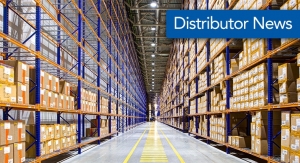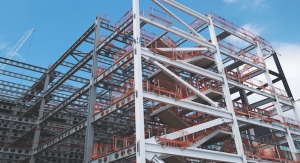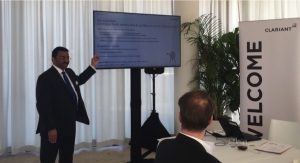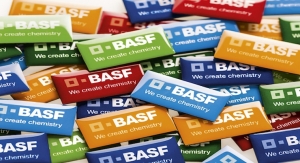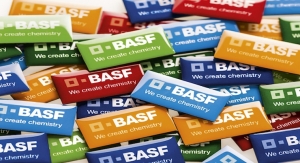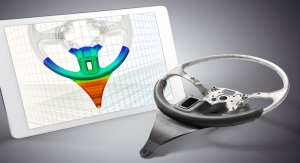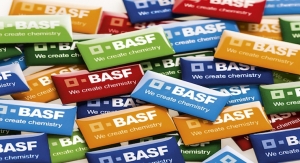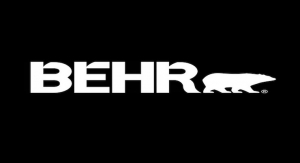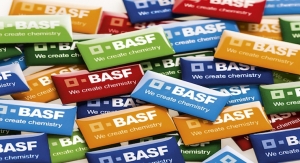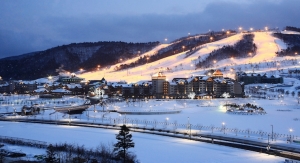04.17.18
The report "Automotive Paints Market by Type (E-coat, Primer, Basecoat, Clearcoat), Resin (PU, Epoxy, Acrylic), Technology (Solvent, Water, Powder), Paint Equipment (Airless, Electrostatic), Texture, Content, ICE & EVs, Refinish, and Region - Global Forecast to 2025"
The global automotive paints market is estimated to be $8.74 billion in 2018 and is projected to reach $10.65 billion by 2025, at a CAGR of 2.88 percent from 2018 to 2025. The growing vehicle production (especially, passenger cars), stringent VOC emission regulations for paint manufacturing, and changing customer preferences for paint textures are projected to drive the automotive paints industry and advancements in the paint technology.
Polyurethane resin is projected to have the largest demand in automotive paints market
Polyurethane-based coating is widely used in automotive OEM and refinish painting process because of its excellent combination of properties, including good elasticity at low temperatures, abrasion resistance, solvent- and water-resistance, dry cleanability and machine washability. In addition, high performance (color, clarity and finish) can be achieved with very thin paint coat that do not increase paint thickness or change styling factors, including drape. Hence, polyurethane-based paints have the largest market in automotive paints market, by resin type.
Powder coating technology is estimated to have the fastest growth in automotive paints market
Powder coating technology is projected to grow at the fastest rate during the forecast period from 2018 to 2025. A key factor driving the growth of powder coatings is the reduced wastage compared to liquid-based paints and increasingly stringent environmental regulations for zero or non-VOC coatings. Powder coating is eco-friendly and emits only a small amount of volatile organic compounds. It is anticipated to experience rapid growth due to its unique features such as high corrosion resistance, high-quality finish, and abrasion. It also offers protection from moisture, heat, and chemicals.
Increasing vehicle production and improving economy would drive the Asia Oceania automotive paints market
The Asia Oceania region comprises emerging economies such as China and India, along with developed nations such as Japan and South Korea. The automotive industry in the Asia Oceania region has been dynamic over the past few years and has seen an increase in the annual production and sales of vehicles. According to OICA, Asia Oceania has the largest share of global vehicle production, which is approximately 54 percent in 2017 and is expected to grow in the future. With such a large share, Asia Oceania has witnessed substantial growth in the demand for automotive paints. Due to an increase in the disposable income of consumers, China has emerged as a key market for premium vehicles, which in turn would boost the demand for innovative and advanced automotive paints. Hence, Asia Oceania is projected to be the largest market for automotive paints.
Major manufacturers in the Automotive paints market include PPG (U.S.), Axalta (U.S.), AkzoNobel (Netherlands), BASF (Germany), Sherwin Williams (U.S.), Valspar (U.S.), Solvay (Belgium), DOW Chemical (U.S.), 3M (U.S.), and KCC (South Korea).
The global automotive paints market is estimated to be $8.74 billion in 2018 and is projected to reach $10.65 billion by 2025, at a CAGR of 2.88 percent from 2018 to 2025. The growing vehicle production (especially, passenger cars), stringent VOC emission regulations for paint manufacturing, and changing customer preferences for paint textures are projected to drive the automotive paints industry and advancements in the paint technology.
Polyurethane resin is projected to have the largest demand in automotive paints market
Polyurethane-based coating is widely used in automotive OEM and refinish painting process because of its excellent combination of properties, including good elasticity at low temperatures, abrasion resistance, solvent- and water-resistance, dry cleanability and machine washability. In addition, high performance (color, clarity and finish) can be achieved with very thin paint coat that do not increase paint thickness or change styling factors, including drape. Hence, polyurethane-based paints have the largest market in automotive paints market, by resin type.
Powder coating technology is estimated to have the fastest growth in automotive paints market
Powder coating technology is projected to grow at the fastest rate during the forecast period from 2018 to 2025. A key factor driving the growth of powder coatings is the reduced wastage compared to liquid-based paints and increasingly stringent environmental regulations for zero or non-VOC coatings. Powder coating is eco-friendly and emits only a small amount of volatile organic compounds. It is anticipated to experience rapid growth due to its unique features such as high corrosion resistance, high-quality finish, and abrasion. It also offers protection from moisture, heat, and chemicals.
Increasing vehicle production and improving economy would drive the Asia Oceania automotive paints market
The Asia Oceania region comprises emerging economies such as China and India, along with developed nations such as Japan and South Korea. The automotive industry in the Asia Oceania region has been dynamic over the past few years and has seen an increase in the annual production and sales of vehicles. According to OICA, Asia Oceania has the largest share of global vehicle production, which is approximately 54 percent in 2017 and is expected to grow in the future. With such a large share, Asia Oceania has witnessed substantial growth in the demand for automotive paints. Due to an increase in the disposable income of consumers, China has emerged as a key market for premium vehicles, which in turn would boost the demand for innovative and advanced automotive paints. Hence, Asia Oceania is projected to be the largest market for automotive paints.
Major manufacturers in the Automotive paints market include PPG (U.S.), Axalta (U.S.), AkzoNobel (Netherlands), BASF (Germany), Sherwin Williams (U.S.), Valspar (U.S.), Solvay (Belgium), DOW Chemical (U.S.), 3M (U.S.), and KCC (South Korea).




